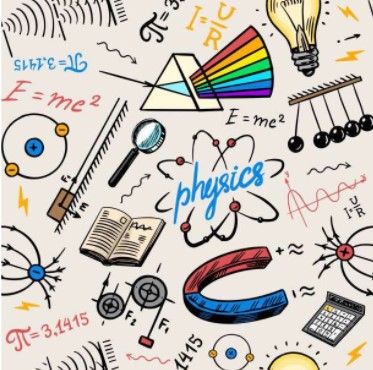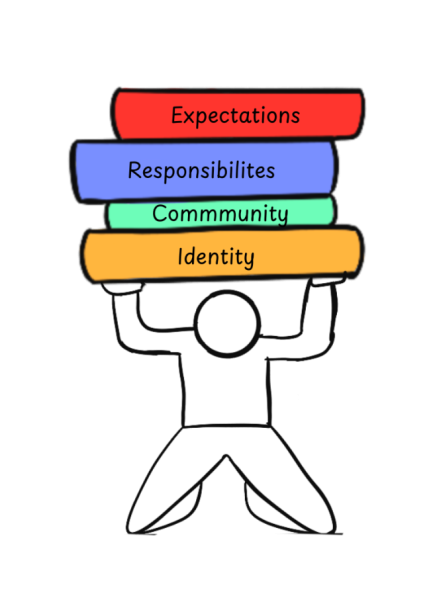Physics class helps students build meaningful connections, explore vital concepts
During the springtime, all students excluding seniors undergo the process of course selection. Similar to my peers, when I was a freshman, I had the option of choosing my science class: physics or chemistry.
Like any logical person, I chose physics — the superior option. This turned out to be the best academic decision I could have made.
Since many of my freshmen peers chose chemistry as opposed to physics, there were a few disparities between the classes. While chemistry classes tend to consist of mostly sophomores, physics classes had more of an even spread: lots of juniors, seniors and a handful of sophomores.

Though some may view this divide between underclassmen and upperclassmen to be intimidating, it was one of my favorite aspects of the class. The opportunity to interact with upperclassmen on a weekly basis provided an abundance of academic, life and social advice right at my fingertips. From our conversations, I knew all the classes to take—and avoid—as well as college application tips.
Beyond the class culture, physics quickly grew to be one of my favorite subjects for a multitude of reasons. First, let’s break down what exactly physics is: it’s essentially math, but more riveting. No need to worry about moles or stoichiometry — leave that to your chemistry-taking friends.
Physics is the study of all physical matter, according to Tennessee Tech. Everything from tossing a ball in the air to planetary motion can be discovered, explored and explained through physics. No matter how small the interaction or large the phenomenon, the subject surely has an explanation. When I say everything, I mean everything; physics’ breadth of study lays a foundation of scientific influence within many scientific disciplines, including chemistry. So basically, you really are better than your chemistry-taking classmates.
But, more than that — it’s simple. Now, I’m not saying that physics is the easiest science class to take, but it is the simplest. At its core, this subject revolves around the observations of how objects interact; these interactions are explained through a series of rules, laws and theories. Ultimately, these theories can be applied to a myriad of everyday processes.
Take gravity, for example. It’s what keeps us grounded, literally — but more specifically, it’s the phenomenon where different masses are attracted to each other. This concept is reflected within our day-to-day lives. Toss a ball up in the air, it comes back down. Why? Gravity. Planets weighing millions of tons catapulting towards one another because of what? Gravity.
Extending beyond a scientific influence, the subject’s analytical based thinking has impacted my approach to the humanities: finding a connection to my writing for AP Literature and DBQs in AP US History. While there are little material similarities, physics has taught me to break down a given situation into different rules and laws to deduce a conclusion. This logical framework has no academic limits and has taken me far beyond the STEM world.
Above all, there is something truly beautiful about how everything in our world can differ so drastically, but still be bonded through universal laws. Physics evokes patterns that can be found if you just learn to look hard enough.







